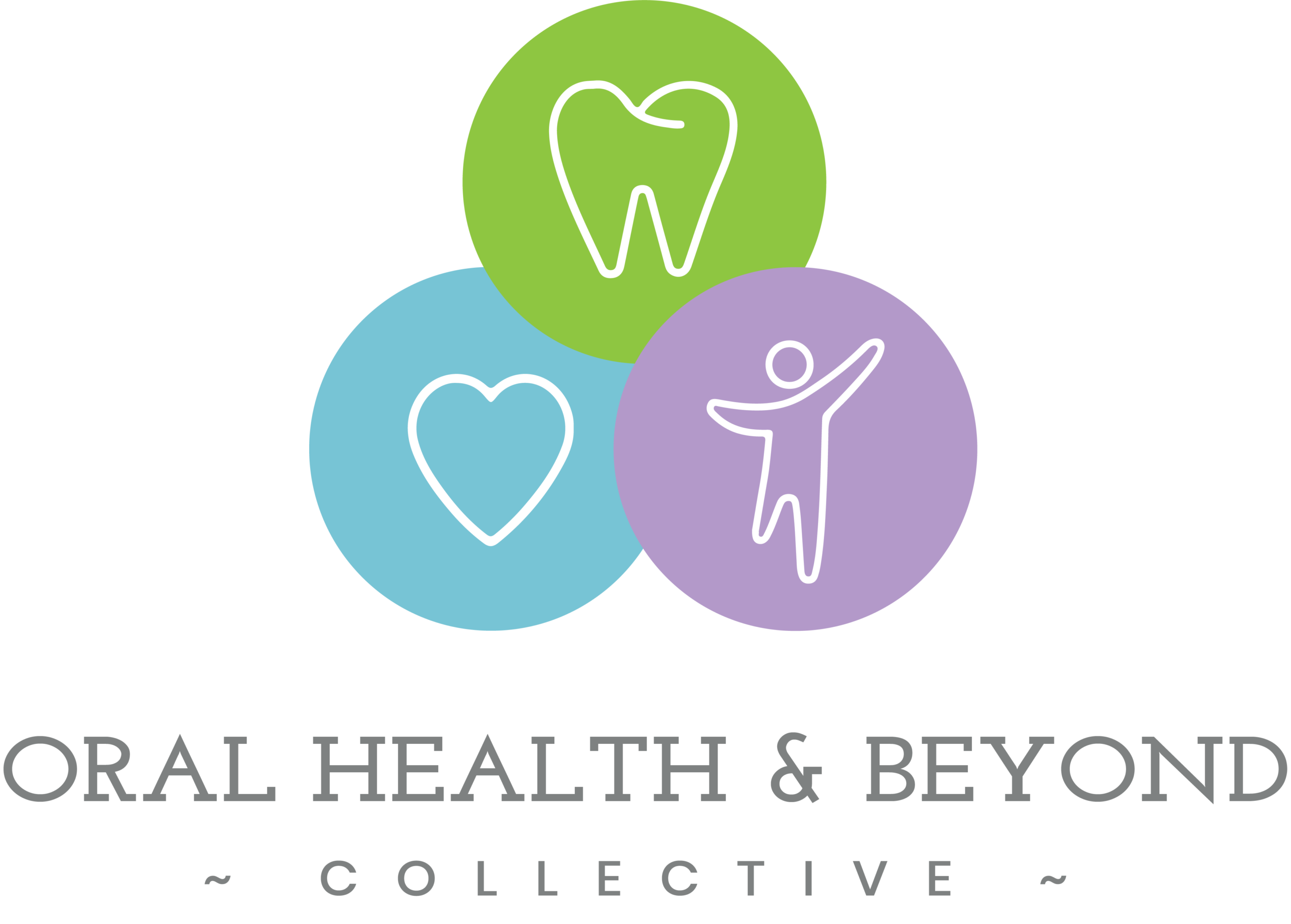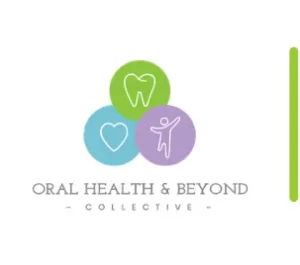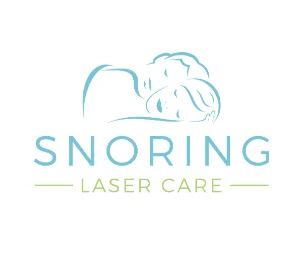
Functions of Different Parts of Your Braces
IF YOU ARE or have been an orthodontic patient, you have wondered what the various parts of braces are for. Some patients just have the basics while others need special appliances to correct a more difficult problem. Let us take a closer look.
The Foundation: The Brackets
The brackets are the anchor points that support the rest of the braces. We place them in very precise positions on the teeth so that the pressure of the archwire will push them in the right direction. It takes years of education beyond dental school to learn the best way to do this.
The Pressure: The Arch wires
Arch wires run through every bracket in an arch, and we choose the right material and thickness for what the patient’s treatment plan requires. They provide gradual, continuous pressure as they try to return to their original shape, guiding teeth towards their correct position. They are held together by the colourful (or, if you prefer, clear) ligatures or O-rings.
Having trouble picking your next O-ring colours? Try giving yourself a preview!
The Most Common Add-On: Elastics
Simple treatment plans will not need anything beyond brackets, arch wires, and O-rings, but the most common additions are elastics, which we use to correct malocclusions (bad bites). They bring the jaws into proper alignment, but they can only do so if the patient exactly follows the orthodontist’s instructions on how to wear them. Wearing too few will make your treatment take longer, and so will wearing too many! Do not try to speed your treatment up by wearing more than you should!
Other Common Braces Accessories
Sometimes there is no room to put braces on at first, so we may use spacers (small elastic rings placed between back molars to create enough room for the bands that will anchor your braces. This process can take up to 10 days.
Another common piece of hardware we use is a palatal expander. These correct narrow palates by bracing against the teeth and the roof of the mouth. They exert gradual outward pressure to help widen the palate to its proper shape, and they help with correcting crowding and crossbites. They often go in before the braces to make enough room for teeth to move into their correct positions.
Holding arches can be used when a child loses baby teeth too soon, to prevent the permanent teeth from shifting towards the gaps where their neighbours have not grown in yet. Holding arches for the upper jaw are called “Nance buttons.” For the lower jaw, they are called “lower lingual holding arches.”
Finally, we often use bite plates (acrylic, retainer-like appliances) to correct deep bites. Deep bites are when the upper teeth overlap the lower teeth so much that the lower front teeth touch the gum tissue behind the upper front teeth. Bite plates make a barrier and help shift the teeth to reduce the overlap.
Let us Move Those Teeth into Place!
If you still have questions about what the various parts of your braces are for, do not hesitate to ask our Team here at DentalCareXtra! We love informing our patients about how their treatment works because it helps them understand the instructions, we give so that they can make it to Braces Off Day on time! Contact us today for more information or advice and to book your appointment.
You are on the path to the smile you deserve!






